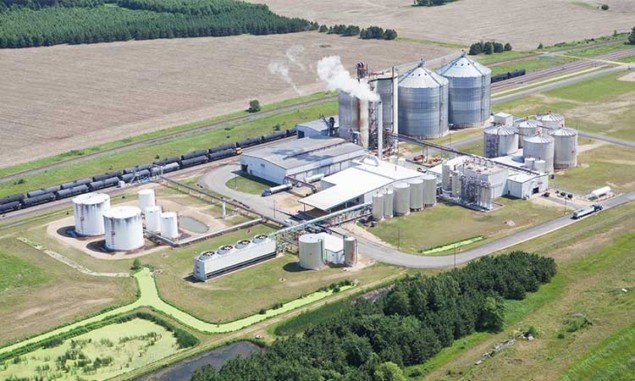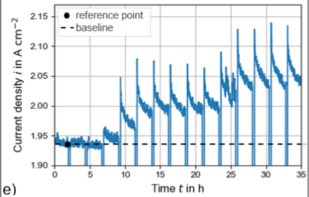
The US Department of Energy (DOE) has announced plans to build two commercial-scale pilot plants that would remove carbon dioxide from the atmosphere through direct air capture (DAC). The $1.2bn effort represents the first phase of a 10-year, $3.5bn programme for four carbon-dioxide removal hubs. Environmentalists, however, have criticized the plan, saying DAC technology is expensive and its adoption would give oil and coal companies cover to continue to burn fossil fuels.
Worldwide some 130 DAC plants have been commissioned. But once complete, the two plants should be the world’s largest, able to eventually remove over 250 times more carbon dioxide than the largest DAC plant currently operating.
The US DAC programme emerged from infrastructure legislation that a bipartisan Congress passed last year, with US president Joe Biden’s infrastructure co-ordinator Mitch Landrieu calling it “the largest investment in engineered carbon removal in history”.
1PointFive, a subsidiary of Occidental Petroleum, will build one of the pilot plants in Kleberg County, Texas, while non-profit research company Battelle will build the other in Louisiana’s Calcasieu Parish.
According to Occidental, its Texan plant will use liquid sorbents to capture and sequester one million tonnes of carbon dioxide in saline formations each year, increasing to 30 million tonnes a year. The company has not yet indicated a schedule for starting up and reaching maximum capacity. The Louisiana plant, meanwhile, will rely on solid sorbents with similar sequestration capacities.
“Cutting back on our carbon emissions alone won’t reverse the growing impacts of climate change; we also need to remove the CO2 that we’ve already put in the atmosphere – which nearly every climate model makes clear is essential to achieving a net-zero global economy by 2050,” noted US energy secretary Jennifer Granholm. “With this once-in-a-generation investment…the DOE is laying the foundation for a direct air capture industry crucial to tackling climate change – transforming local economies and delivering healthier communities along the way.”
‘A moral hazard’
Yet not everyone sees it that way. Former US vice-president Al Gore, a prominent critic of actions responsible for climate change, labelled DAC technologies “a moral hazard” in a TED talk he gave before the announcement, adding that the technology gives fossil fuel producers “an excuse for not ever stopping oil”. Whatever happened to carbon capture?
Gore added that the amount of energy required for DAC would exceed that needed to prevent the emissions of carbon dioxide that the technology would remove.
On the other hand, supporters of the technology assert that, as the amount of global carbon continues to increase, DAC can serve as an effective back-up technology for removing it. Indeed, the DOE has also announced that it intends to allocate almost $100m for feasibility and design studies on 19 other carbon-removal projects.



